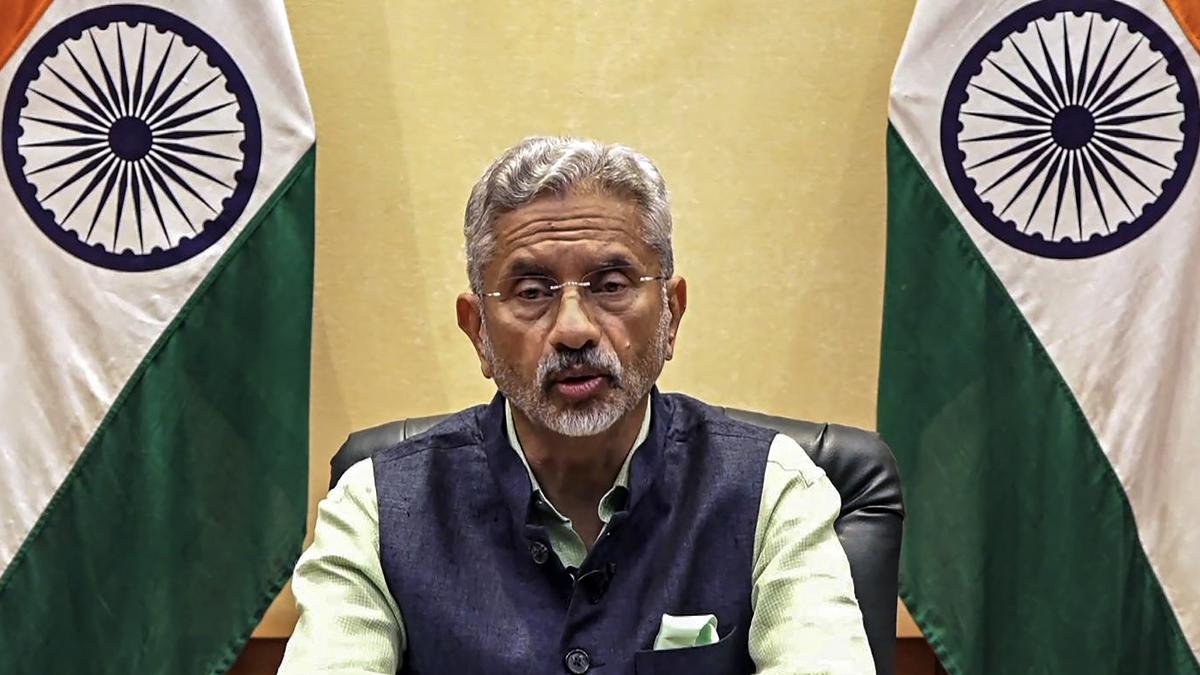
‘High level of military tension’ with China over last three years: EAM Jaishankar
The Hindu
India-China relations have been "very abnormal" for the last 3 years, with high military tension and broken agreements. India's External Affairs Minister S. Jaishankar said that the Chinese have given various explanations, none of which are tenable.
There has been a “high level of military tension” with China over the last three years, External Affairs Minister S. Jaishankar has said, characterizing the overall state of “ very abnormal” relations between New Delhi and Beijing since the border clashes of 2020.
“If you look at the last three years, it’s a very abnormal state. The contacts have been disrupted. Visits are not taking place. We have, of course, this high level of military tension,” Mr. Jaishankar told an audience in New York during a conversation with former U.S. Ambassador to India Kenneth Juster at the Council of Foreign Relations.
The situation had also impacted the perception of China in India— something that was recovering after the war with China in 1962, according to Mr. Jaishankar. The Minister suggested the issue with China was not just immediate, or medium term but possibly longer.
The very large number of troops amassed at the border— in violation of agreements— had completely impacted the relationship, he said, explaining that it was very hard to try and be normal with a country that “had broken agreements”.
“One of the pleasures of dealing with China is that they never quite tell you why they do things,” Mr. Jaishankar said sarcastically to laughter from the audience.
The relationship has never been easy, he added.
Mr. Jaishankar said that before, during and after the clashes along the Line of Actual Control (LAC) in the summer of 2020, he had been in touch with his Chinese counterpart (at the time, Wang Yi) but none of the different explanations from the Chinese side have been tenable.













